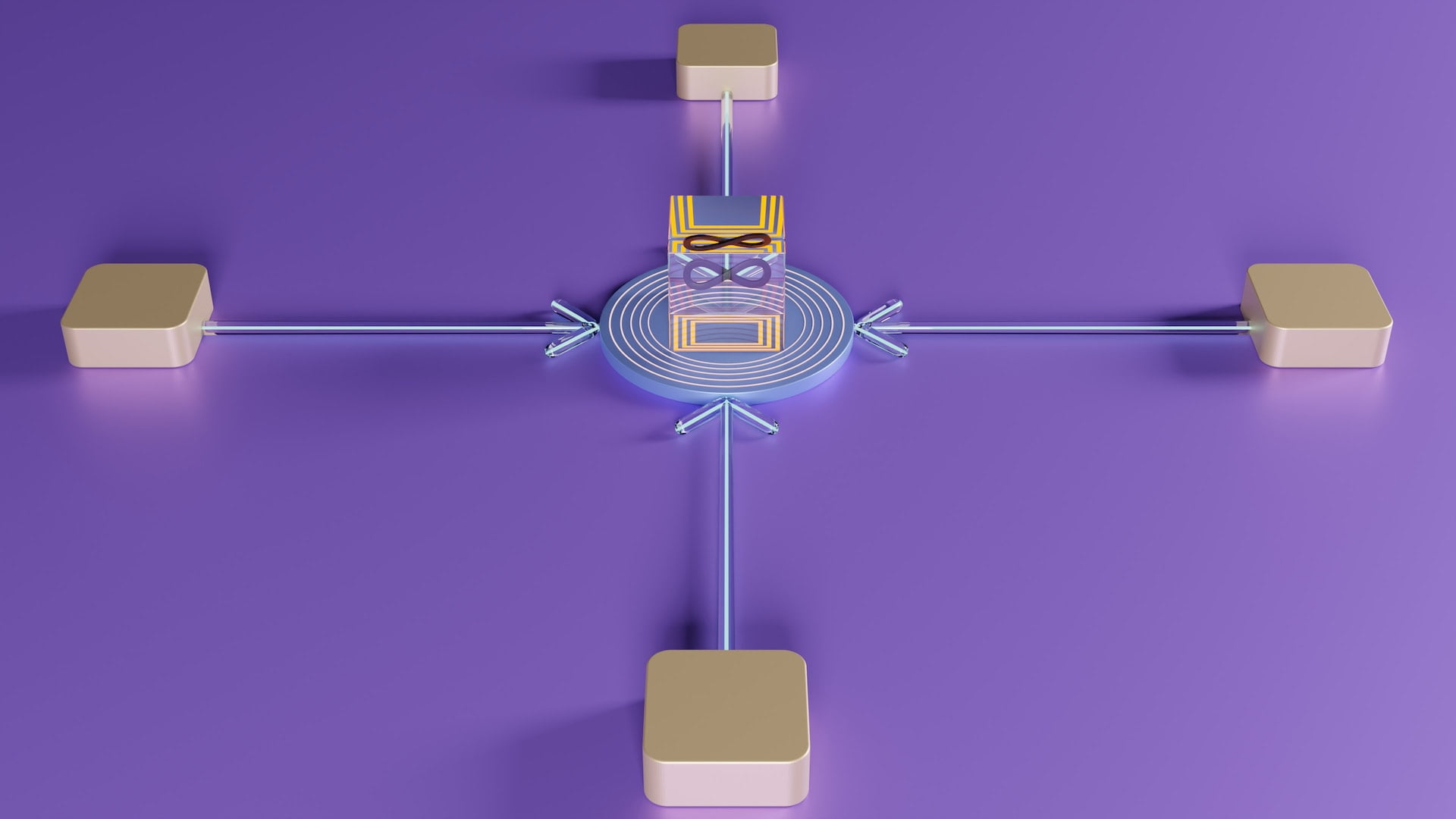Comprehensive Guide to Monitoring Kubernetes with Prometheus Operator
Introduction:
In today’s fast-paced technology landscape, efficient monitoring of Kubernetes clusters is essential for ensuring the optimal performance and reliability of containerized applications. Kubernetes, an open-source container orchestration platform, has gained immense popularity due to its ability to automate application deployment, scaling, and management. To effectively monitor Kubernetes, DevOps teams often turn to Prometheus Operator – a powerful tool that provides robust monitoring capabilities. In this comprehensive guide, we will explore the intricacies of Monitoring Kubernetes with Prometheus Operator and how it can help you achieve better observability in your containerized environment.
What is Prometheus Operator?
Prometheus Operator is an open-source toolkit designed to simplify the deployment and management of Prometheus, a leading monitoring and alerting system. By leveraging the Kubernetes native API, Prometheus Operator automates the provisioning, scaling, and self-healing of Prometheus instances within a Kubernetes cluster. Its declarative configuration model allows users to define monitoring rules, service discovery, and alerts using custom resource definitions (CRDs), dramatically reducing the operational overhead associated with managing Prometheus.
Key Features and Benefits of Prometheus Operator:
1. Simplified Deployment: With Prometheus Operator, deploying a monitoring solution for Kubernetes becomes a breeze. It abstracts away the intricacies involved in setting up and configuring Prometheus instances, ensuring a consistent and scalable monitoring infrastructure.
2. Dynamic Service Discovery: Prometheus Operator automatically discovers and monitors services and endpoints within a Kubernetes cluster. It dynamically adapts to changes in the cluster, making monitoring of distributed applications hassle-free.
3. Custom Resource Definitions (CRDs): The use of CRDs allows operators to define monitoring rules, alerting thresholds, and service discovery via YAML specifications. This makes managing Prometheus instances highly customizable, empowering DevOps teams to tailor monitoring to individual application requirements.
4. Scalability and Resilience: Prometheus Operator ensures the scalability and resilience of Prometheus instances by utilizing Kubernetes native features like replica sets, stateful sets, and pod anti-affinity. This allows for efficient scaling based on Prometheus workload and automates recovery in the event of failures.
5. Integration with Alerting and Visualization: Prometheus Operator seamlessly integrates with various alerting and visualization tools like Grafana, Alertmanager, and Kubernetes Event Exporter. This enables efficient monitoring and alerting workflows, giving DevOps teams better visibility into the health and performance of their applications.
Getting Started with Prometheus Operator:
To start monitoring your Kubernetes clusters with Prometheus Operator, follow these steps:
1. Install Prometheus Operator: Begin by installing Prometheus Operator via the Helm package manager or through direct YAML file deployment. Helm offers a convenient way to manage, upgrade, and customize Prometheus Operator installations.
2. Define Monitoring Targets: Specify the Kubernetes services, endpoints, and pods that you want to monitor by creating custom resource definitions (CRDs). These specifications allow Prometheus Operator to dynamically discover and monitor the desired components within your cluster.
3. Configure Alerting Rules: Set up alerting rules to define thresholds and conditions for triggering alerts. Prometheus Operator integrates with Alertmanager to send notifications via various channels like email, Slack, or PagerDuty, ensuring timely incident response.
4. Visualize Metrics and Dashboards: Integrate Prometheus Operator with visualization tools like Grafana to create visually appealing dashboards and gain insights from your monitored metrics. Grafana offers a wide range of visualization options, enabling you to present monitoring data in a meaningful and actionable manner.
Conclusion:
Monitoring Kubernetes with Prometheus Operator is crucial in today’s containerized ecosystem. By leveraging the customizable, scalable, and resilient nature of Prometheus Operator, DevOps teams can achieve comprehensive observability with ease. This comprehensive guide has provided an in-depth understanding of Prometheus Operator and its various features and benefits. By implementing effective monitoring practices and leveraging the power of Prometheus Operator, you can ensure the stability, reliability, and optimal performance of your Kubernetes applications. So, why wait? Start implementing Prometheus Operator for enhanced Kubernetes monitoring today!

Matthew J Fitzgerald is an experienced DevOps engineer, Company Founder, Author, and Programmer. He Founded Fitzgerald Tech Solutions and several other startups. He enjoys playing in his homelab, gardening, playing the drums, rooting for Chicago and Purdue sports, and hanging out with friends.

